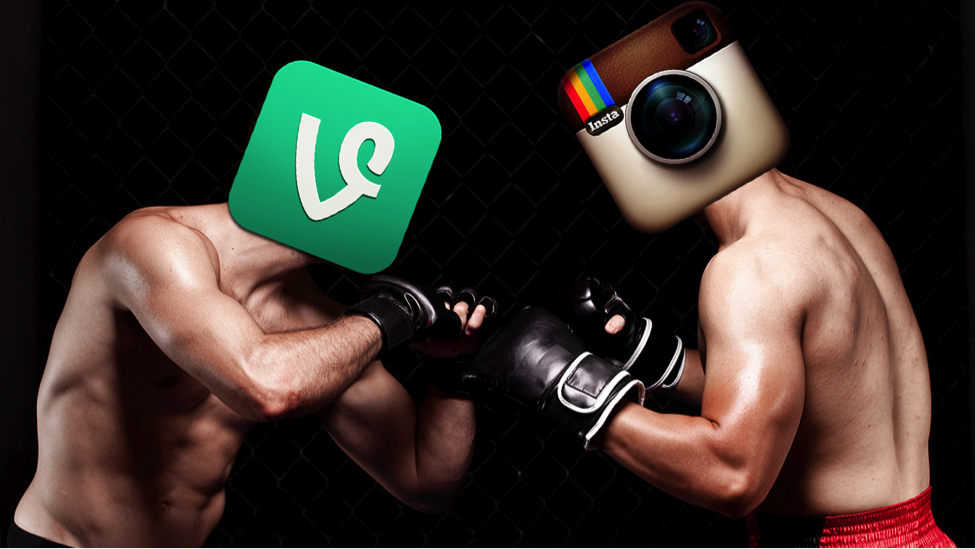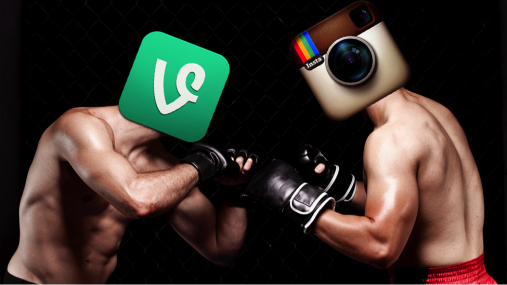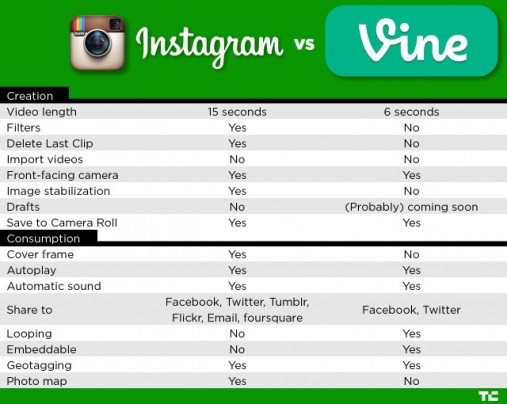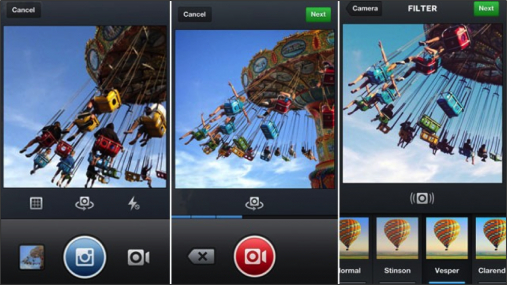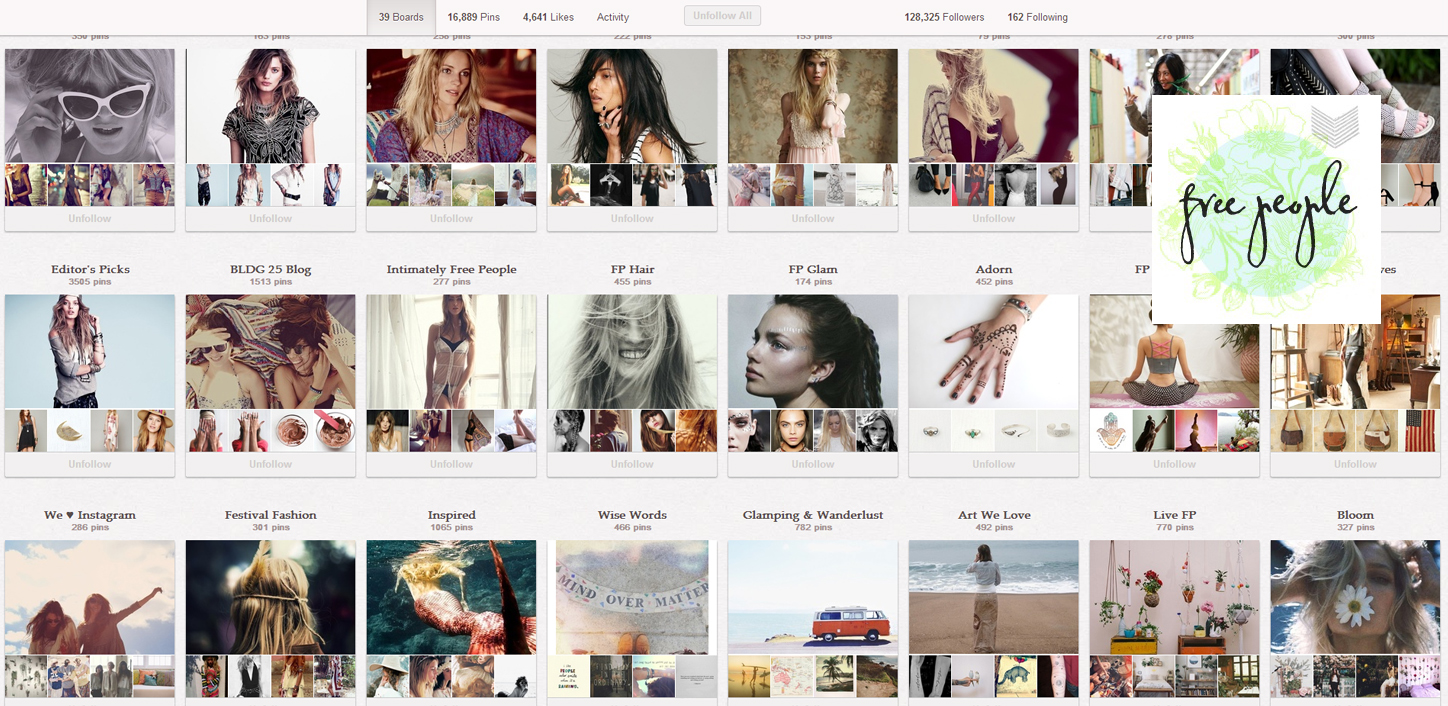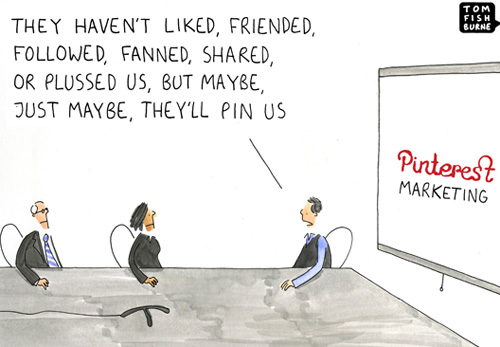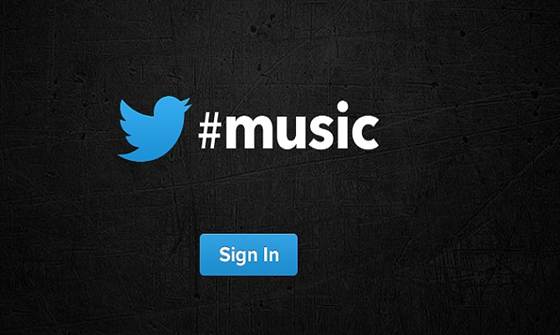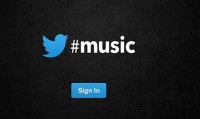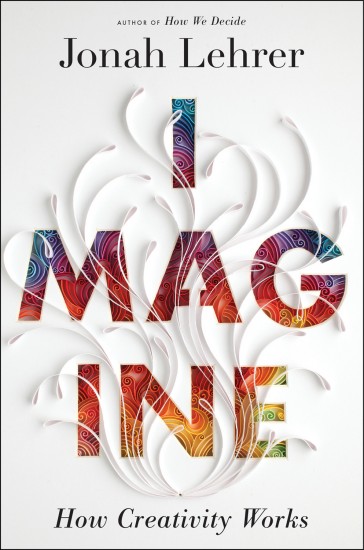Vine: Will Instagram Kill the Video Star?
By Meredith Lorch
Photo Credit: Gizmodo
All the foodie photos and selfie snapshots on your Instagram feed are about to be brought to life. Vine has largely dominated the video-sharing world in recent months, but Instagram has just added video features to its iPhone and Android apps, creating quite the buzz. The question is clear: does Video on Instagram mean the downfall of Vine?
Only time will tell whether Video on Instagram will outcompete its rival. Some continue to see real potential in Vine. Gary Vaynerchuk, a brand consultant and industry thought leader, is even creating a talent agency for Vine stars, called “Grape Story.” Despite this, it’s hard to believe that Vine will amount to anything more than a fad. While its novel six-second looping video format is initially charming, Vine’s brief, repetitive nature quickly becomes overwhelming. Add in the effect of camera shake and erratic Vines can be dizzying.
Photo Credit: Tech Crunch
Both Vine and Video on Instagram employ a simple tap-and-hold-to-record feature, but Vine fails to capitalize on post-production features. The beauty of Instagram lies in the 13 brand new filters created exclusively for video—not to mention an image-stabilization tool called Cinema for capturing crisp, shake-free video. Users can also browse Instagram videos on a website—unlike Vine, which solely allows for video exploration within the app. Overall, Instagram’s new 15-second video capability allows users to share the adventure and splendor of their worlds unlike ever before, posing a serious threat to competitors.
Photo Credit: ABC News
So what’s on the horizon? Rumor has it Instagram has potential for Google Glass integration. The possibilities are seemingly endless. With its latest update, Instagram has solidified its place as a classic sharing tool that is here to stay—and not just for the foodies.
Everywhere has a robust internship program and we invite our interns to participate by writing on our blog. Meredith Lorch is an intern from Emory University. She authored this blog post.

